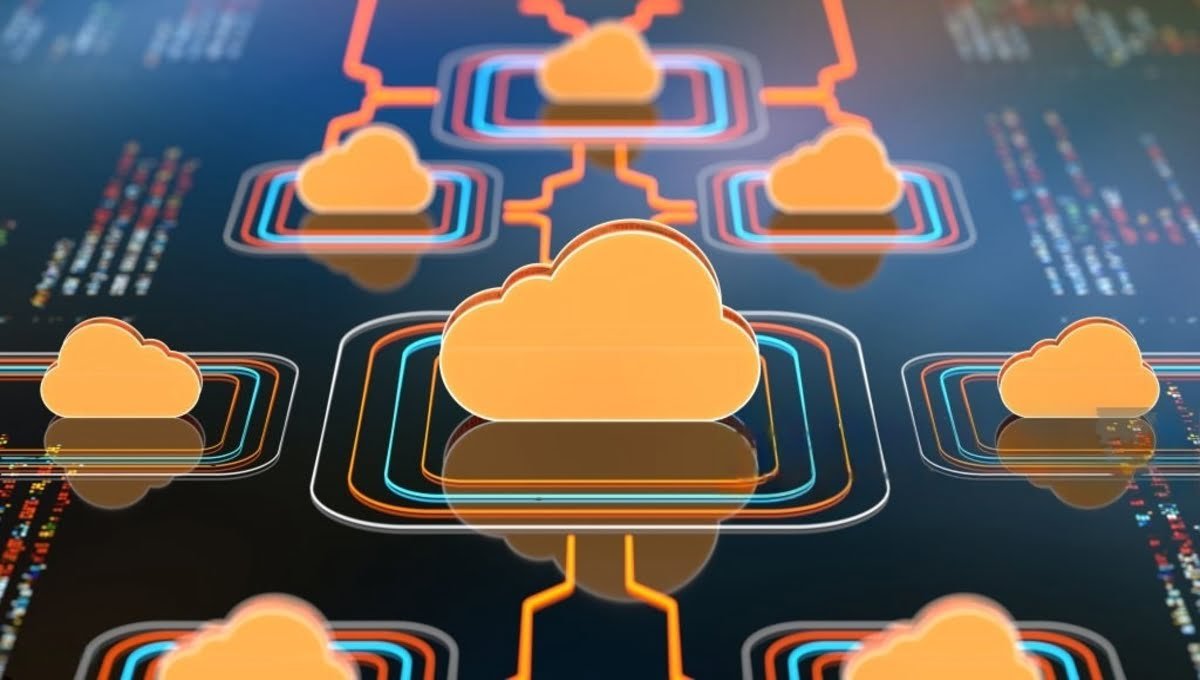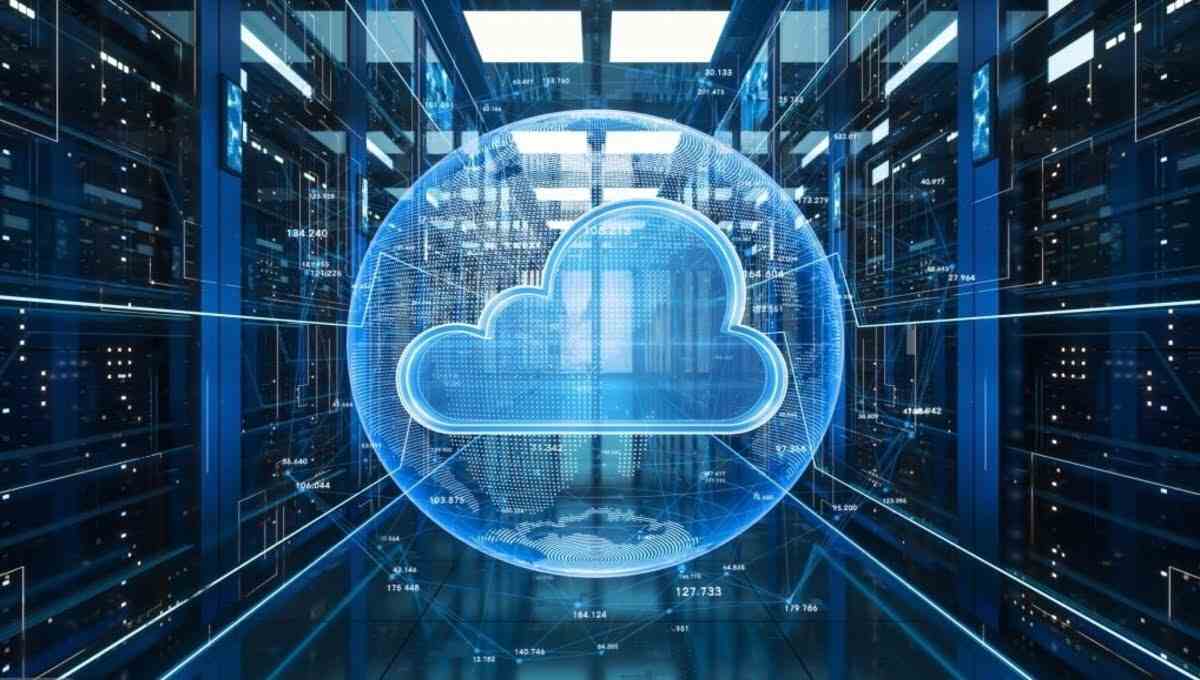PUBLIC CLOUDS
Public Cloud Hardware Security : A Shared Responsibility

Public cloud service usage is becoming more common among companies of all sizes in the ever-changing world of cloud computing. These cloud services provide a wide range of advantages, including flexibility, cost-effectiveness, and scalability. However, concerns regarding security unavoidably surface as organizations move their activities to the public cloud. The obligation to secure the hardware that a public cloud runs on is a vital component of cloud security that frequently generates debate.
Understanding Public Cloud Hardware Security
Public cloud hardware security encompasses the protective measures implemented to secure the physical hardware components that underpin cloud services. These components, including servers, storage devices, and networking equipment, form the foundation of the cloud infrastructure and must be shielded from unauthorized access, physical tampering, and cyberattacks.
Shared Responsibility Model in Public Cloud Security
In the public cloud realm, security is a shared responsibility between the cloud service provider (CSP) and the cloud customer. The CSP is responsible for securing the underlying infrastructure, including the hardware, while the customer bears responsibility for protecting their data and applications deployed on the cloud. This shared responsibility model emphasizes the need for collaboration and clear communication between both parties to ensure comprehensive security.
Key Principles of Public Cloud Hardware Security
Effective public cloud hardware security adheres to several fundamental principles:
- Physical Security: Implement stringent physical access controls to prevent unauthorized entry into data centers and server rooms. This includes security measures like multi-factor authentication, video surveillance, and intrusion detection systems.
- Data Security: Encrypt data at rest and in transit to protect against unauthorized disclosure or modification. Utilize strong encryption algorithms and key management practices to ensure data confidentiality and integrity.
- Vulnerability Management: Proactively identify and remediate vulnerabilities in hardware and software components to minimize attack surfaces. Regularly scan for vulnerabilities, apply patches promptly, and maintain security configurations.
- Access Control: Enforce granular access controls to restrict access to cloud resources based on user roles and privileges. Implement least privilege principles and regularly audit user access logs to detect anomalies.
- Incident Response: Establish a robust incident response plan to effectively handle security breaches. This plan should include procedures for rapid detection, containment, eradication, and recovery from security incidents.
Best Practices for Public Cloud Hardware Security
To enhance public cloud hardware security, consider adopting these best practices:
- Utilize Cloud HSMs: Leverage cloud hardware security modules (HSMs) to protect sensitive data and cryptographic keys. HSMs provide tamper-proof hardware for secure key storage and cryptographic operations.
- Enable Cloud Security Features: Activate cloud-based security features offered by CSPs, such as intrusion detection, threat intelligence, and vulnerability scanning. These features provide additional layers of protection for the cloud infrastructure.
- Monitor Cloud Activity: Continuously monitor cloud activity for suspicious behavior and potential security breaches. Utilize cloud monitoring tools to gain visibility into cloud resource usage, network traffic, and user activity.
- Educate Cloud Users: Provide regular security awareness training to cloud users to educate them about cloud security principles, best practices, and common threats.
- Conduct Regular Security Audits: Conduct periodic security audits of cloud environments to assess the effectiveness of security controls, identify potential vulnerabilities, and address any gaps.
Emerging Trends in Public Cloud Hardware Security
The realm of public cloud hardware security is constantly evolving, driven by advancements in technology and the ever-changing threat landscape. Here are some key trends shaping the future of cloud hardware security:
- Containerization and Microservices Security: As containerization and microservices architectures become more prevalent, securing these environments is crucial. Adopting container security tools and implementing microservice-specific security best practices are essential.
- Homomorphic Encryption: Homomorphic encryption enables computations to be performed on encrypted data without decrypting it, enhancing data privacy while preserving utility.
- Confidential Computing: Confidential computing techniques, such as Intel SGX and AMD SEV, isolate data and computation within enclaves, providing enhanced data privacy and protection against unauthorized access.
- Zero-Trust Security: Zero-trust security principles, emphasizing continuous verification and least privilege access, are increasingly being applied to public cloud environments to minimize the risk of unauthorized access and data breaches.
Conclusion
In the realm of public cloud services, the responsibility for the security of hardware is shared, as defined by the shared responsibility model. Cloud service providers are accountable for the physical infrastructure, while customers must secure their data and applications running on that infrastructure. By understanding and adhering to these responsibilities, organizations can harness the power of the public cloud while maintaining a robust security posture.
Addressing FAQs
1. Can I completely delegate hardware security to my cloud provider?
While cloud providers handle physical security, you still have a responsibility to secure your data and applications within the cloud environment. It’s a shared responsibility.
2. How can I ensure my data is isolated from other customers on the same hardware?
Cloud providers use virtualization and isolation techniques to ensure data separation, minimizing the risk of data breaches or unauthorized access.
3. Are cloud providers transparent about their hardware security practices?
Reputable providers are transparent and often provide details about their physical security measures and compliance certifications.
4. Do I need to worry about hardware failures in the cloud?
Cloud providers implement redundancy and failover mechanisms to minimize disruptions due to hardware failures.
5. How often should I review and update my cloud security measures?
Regularly reviewing and updating your cloud security measures is essential to adapting to evolving threats and vulnerabilities in the cloud environment.

 FUNDAMENTAL2 months ago
FUNDAMENTAL2 months agoHow Cloud Computing Improving Customer Service Processes

 FUNDAMENTAL8 months ago
FUNDAMENTAL8 months agoWhat is cloud computing? A Comprehensive Guide

 FUNDAMENTAL8 months ago
FUNDAMENTAL8 months agoEvolution of Cloud Computing

 FUNDAMENTAL4 months ago
FUNDAMENTAL4 months agoHow can Cloud Technology Help Small Businesses ?

 FUNDAMENTAL3 months ago
FUNDAMENTAL3 months agoIaaS PaaS and SaaS in cloud computing

 CLOUD COMPUTING2 months ago
CLOUD COMPUTING2 months agoWhat Is VlAN and VSAN In Cloud Computing?

 FUNDAMENTAL2 months ago
FUNDAMENTAL2 months agoWhich is a fundamental attribute of cloud computing?

 CLOUD COMPUTING2 months ago
CLOUD COMPUTING2 months agoHow to Make Your Own Cloud Storage : A Step-by-Step Guide









